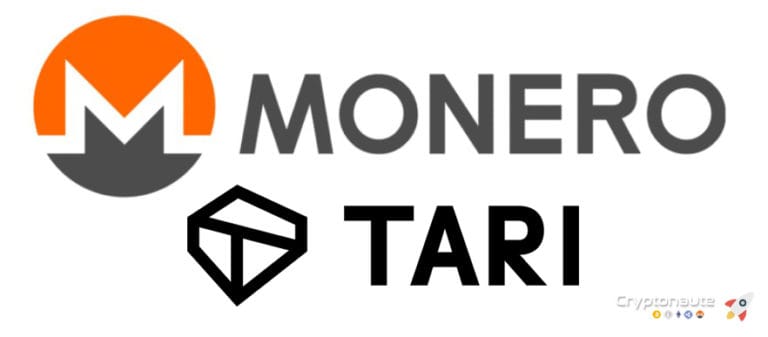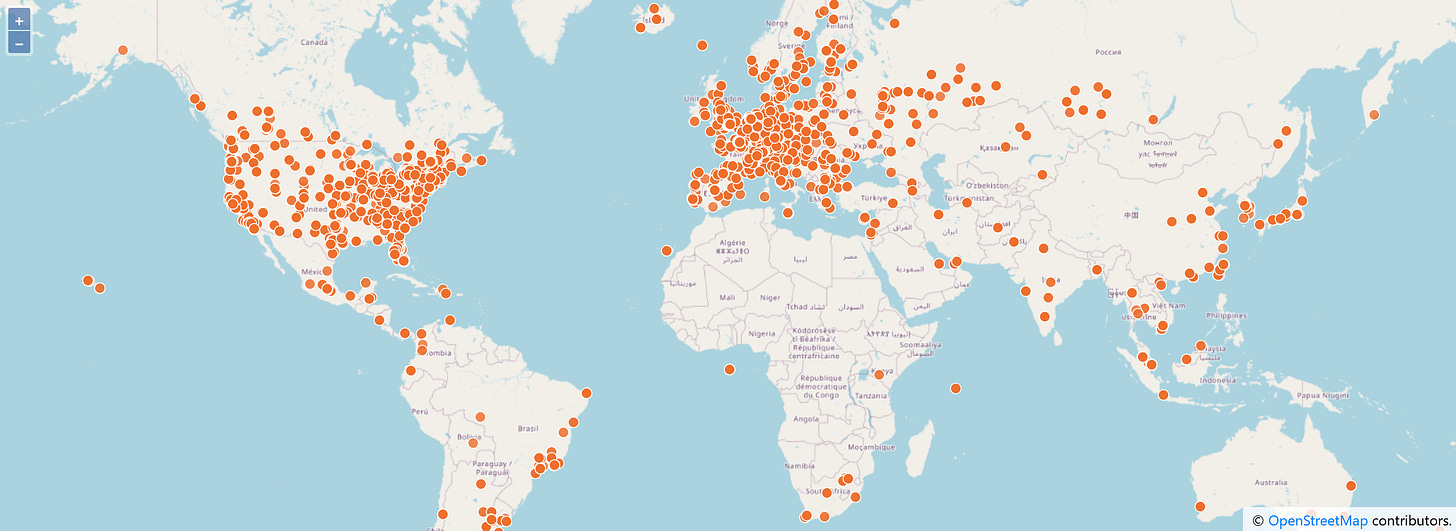Monero Tari

Monero Tari is essentially a sidechain protocol built on the Monero blockchain designed to facilitate the issuance and trading of digital assets. Think of it as a separate, parallel railway track running alongside the main Monero track, but specifically for handling assets other than Monero itself (XMR).
Here's a breakdown of the key aspects:
- What it aims to do:
- Asset Issuance: Allows anyone to create their own fungible (exchangeable) and non-fungible tokens (NFTs) on the Tari blockchain. This could be anything from loyalty points and in-game items to real-world assets like stocks or bonds, represented digitally.
- Confidential Asset Transactions: Tari aims to provide private and secure transactions for these newly created assets. This uses privacy technologies inspired by Monero to hide the amount, sender, and receiver of transactions.
- Scalability: The sidechain structure is designed to improve transaction throughput (how many transactions can be processed) compared to the Monero main chain.
- Integration with Monero: Although Tari is a separate chain, it's linked to Monero, allowing for potential cross-chain interactions and using Monero's security.
- How it works (simplified):
- Pegged Sidechain: Tari operates as a "pegged sidechain." This means there's a mechanism to move value (typically Monero) between the main Monero chain and the Tari chain. This pegging helps maintain a stable value for Tari's native cryptocurrency (Tari tokens).
- Merge-Mining: Tari is designed to be merge-mined with Monero. This means that Monero miners can simultaneously mine Tari, securing both chains with the same computational power. This is more efficient than having a completely separate mining network.
- Bulletproofs and Mimblewimble: Tari leverages cryptographic techniques like Bulletproofs (for range proofs) and ideas from Mimblewimble (a privacy-focused blockchain protocol) to achieve confidential transactions.
- Key Benefits (according to the project):
- Privacy: Strong emphasis on confidential transactions for all assets.
- Scalability: Potentially faster transaction speeds than the Monero main chain for asset trading.
- Accessibility: Easier for developers to create and deploy custom assets.
- Security: Leverages Monero's robust security model through merge-mining.
- Current Status: The Tari project has been under development for several years. It has a working testnet. The mainnet launch is currently in progress as of November 2023.
- Why it's important (in theory):
- Expands Monero's ecosystem: Allows Monero to be used for more than just its native currency (XMR).
- Brings privacy to asset trading: Addresses a major gap in the wider blockchain space, where most asset trading is transparent.
- Potential for real-world applications: Enables new use cases for blockchain technology in areas like supply chain, finance, and digital collectibles.
In summary, Monero Tari is a sidechain project aimed at bringing privacy and scalability to the issuance and trading of digital assets within the Monero ecosystem. It's a complex project with ambitious goals, and its success will depend on its ability to deliver on its promises of security, privacy, and usability.
Read on for more
(source article here)
Since the launch of Tari, the Monero network has seen a notable influx of new nodes, pushing the total count to over 13,000. This surge highlights growing interest and participation in Monero’s decentralized infrastructure, further strengthening its resilience and privacy guarantees.

It is highly recommended you run a node to help secure the Monero network. You can also solo mine via the official Monero GUI wallet which can be found here or partake in the decentralized and permission-less P2Pool. The official Monero website getmonero.org or sethforprivacy.com are fantastic places to find help to get started running a node or mining. You can also check out the YouTube videos below.
hinto-janai has released Gupax v1.3.11, a new update to the easy-to-use Monero mining GUI. This version includes remote node improvements (adding node.hinto.rs), UI fixes, better P2Pool sync detection, and updated bundled versions of P2Pool (v4.6) and XMRig (v6.22.2). For more details, visit gupax.io or check out the source on GitHub.